Designing Customized Audio Visual Solutions for Theme Parks
Table of Contents
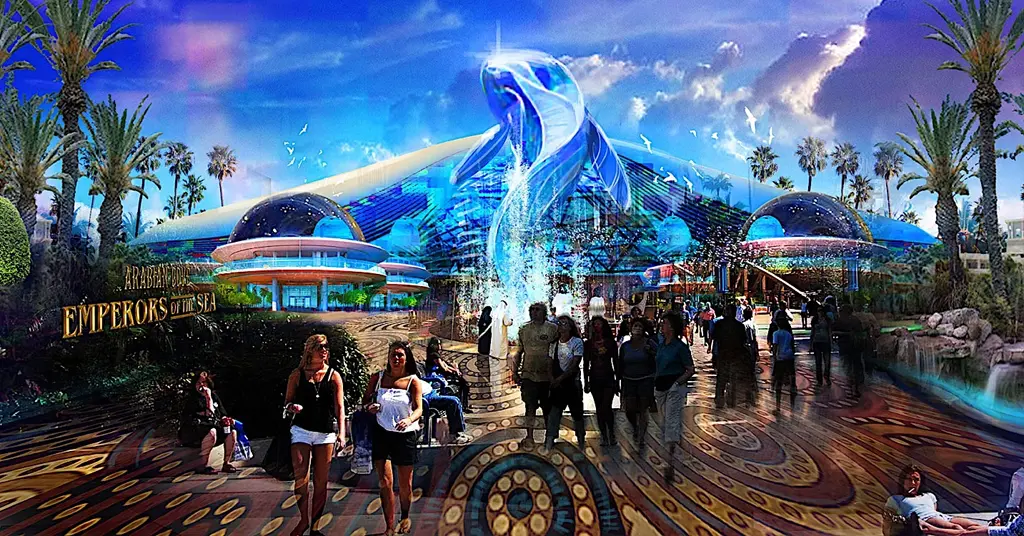
Overview of the importance of audio visual solutions in theme parks
Theme parks are a popular form of entertainment worldwide, attracting millions of visitors every year. To provide an unforgettable experience for guests, theme parks rely heavily on audio visual solutions. These solutions are designed to enhance the overall ambiance, create immersive environments, and bring attractions to life. From themed soundscapes to state-of-the-art projection mapping, audio-visual technology has become an integral part of the theme park experience. By utilizing these solutions, theme parks are able to offer visitors a unique and memorable experience that is sure to keep them coming back for more.
Brief history of theme park technology
The history of theme park AV solution technology can be traced back to the early 1950s when Walt Disney first introduced the concept of an immersive theme park experience with Disneyland. However, it wasn’t until the 1980s that advancements in audio and visual technology allowed for the creation of more sophisticated attractions, such as Epcot’s Spaceship Earth and Universal Studios’ Terminator 2 3D.
With the rise of computer technology in the 1990s, theme parks began to incorporate more interactive elements into their attractions, such as Disney’s Indiana Jones Adventure and Universal’s Spiderman ride. Today, theme park AV solutions continue to evolve and innovate, with the use of virtual and augmented reality, projection mapping, and advanced audio systems creating even more immersive experiences for visitors.

Importance of understanding the guest experience
To create a successful theme park experience, it is crucial to understand the guest experience. This involves considering the guest journey and identifying the touchpoints that will impact their perception of the park. These touchpoints include everything from the park entrance to the rides and attractions, food and beverage options, and even the bathrooms. By understanding the guest experience, theme park designers can create an immersive and enjoyable experience that encourages guests to return
Designing for guest engagement and immersion
To ensure guests have an engaging and immersive experience, theme park designers need to incorporate elements that create a sense of adventure and excitement. This can be achieved through the use of storytelling and theming, which help create a sense of place and context for the guest experience. Designers can also incorporate interactive elements such as games, challenges, or scavenger hunts to engage guests and keep them entertained. Creating a seamless and immersive experience helps guests feel like they are part of the story, and the experience becomes a memorable one.
Creating memorable experiences through technology
Technology has become an integral part of the theme park experience, enabling designers to create unforgettable experiences for guests. Augmented reality, virtual reality, and other digital technologies can be used to create immersive environments and enhance the guest experience. Interactive displays, projection mapping, and other visual effects can also be used to create unique and memorable experiences. However, it is important to use technology in a way that enhances the guest experience without detracting from the overall theme or feeling forced. When done correctly, technology can help create a memorable and immersive experience that guests will talk about for years to come.
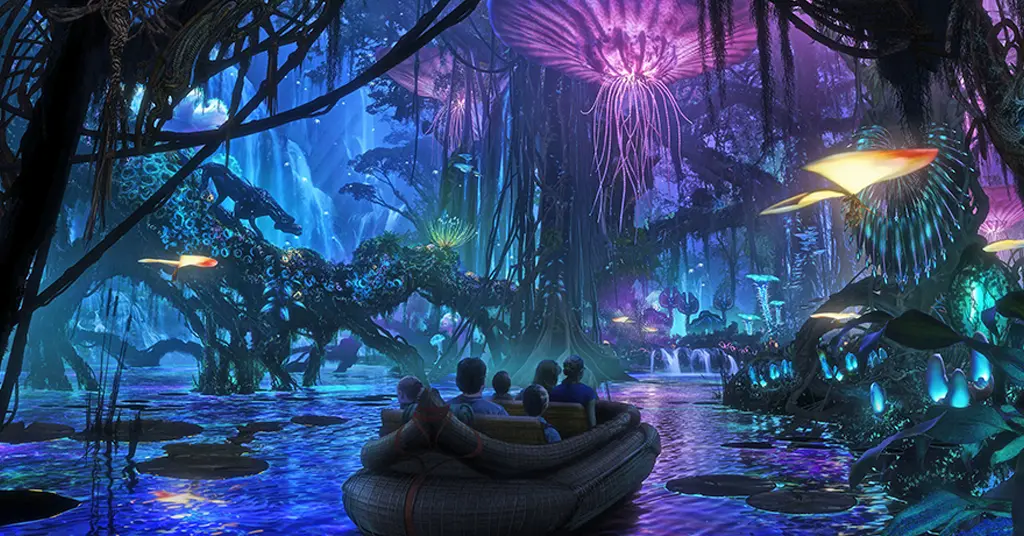
Sound systems
Sound systems play a crucial role in creating an immersive experience for theme park visitors. There are various types of sound systems available, from simple speakers to sophisticated surround sound systems. These systems can be strategically placed throughout the park to enhance the ambiance and provide appropriate sound effects to match the attraction. The sound systems can also be programmed to play specific music or narration for each ride, creating a unique experience for visitors.

Lighting systems
Lighting systems are an essential part of any theme park’s audio-visual solution. Proper lighting can help create an appropriate atmosphere and enhance the overall experience of the visitors. Theme parks use a variety of lighting systems, such as spotlighting, flood lighting, and color-changing lights. These systems can be used to highlight specific features or create a particular ambiance, such as a spooky or futuristic theme.

Video LED display
Video LED displays are a popular choice for theme parks as they allow for the creation of high-quality visual content that can be easily seen from a distance. These displays are often used to showcase videos, animations, and other visual effects that help to enhance the overall experience. LED displays can be customized to fit the theme of the park and can be used to display information, showtimes, or advertisements.

Interactive displays
Interactive displays are becoming increasingly popular in theme parks, allowing visitors to engage with the attractions and immerse themselves in the experience. These displays can take the form of touchscreens, motion sensors, or virtual reality experiences. Interactive displays are often used to provide information about the attraction or allow visitors to control certain elements of the ride.
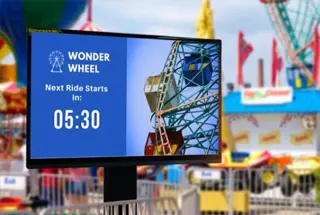
Special effects
Special effects such as fog machines, pyrotechnics, and water effects are a crucial part of any theme park’s audio-visual solution. These effects can help to create an immersive experience for visitors, adding an extra element of excitement and surprise. Special effects can be used to enhance the overall ambiance of the park, create dramatic moments during shows or rides, or even simulate weather conditions. Properly executed special effects can truly bring a theme park to life and leave a lasting impression on visitors.
Budget considerations
One of the most critical factors to consider when designing audiovisual solutions is the budget. It is essential to determine how much you can allocate to the project and make sure it covers all necessary equipment, installation, and maintenance costs. When planning your budget, you must consider both short-term and long-term expenses, such as upgrades or replacements. You should also prioritize which aspects of the audiovisual system are most important to your project’s goals and allocate funds accordingly.
Park layout and design
Another crucial factor to consider when designing audiovisual solutions is the park’s layout and design. You must understand how the audiovisual system will interact with the surrounding environment and how it can be integrated into the park’s existing structures and aesthetic. The location of the audiovisual system should also be carefully considered, taking into account factors such as visibility, acoustics, and potential distractions.
Environmental factors (weather, lighting, etc.)
It’s essential to consider environmental factors when designing audiovisual solutions for outdoor spaces. Weather, lighting, and other environmental conditions can significantly impact the audiovisual system’s performance and durability. For example, if your audiovisual system is exposed to harsh weather conditions, you may need to invest in weather-resistant equipment to ensure its longevity. Similarly, you should consider the park’s lighting conditions and how they might affect visibility or contrast of the audiovisual content.
Safety and accessibility concerns
Safety and accessibility should always be a top priority when designing audiovisual solutions for public spaces. This means taking steps to ensure that the audiovisual system is installed in a way that minimizes the risk of injury or damage to the equipment or surrounding structures. Additionally, you should consider how the audiovisual system will be accessed and used by different groups of people, including those with disabilities. This may involve incorporating features such as wheelchair accessibility, audio descriptions, or closed captions.
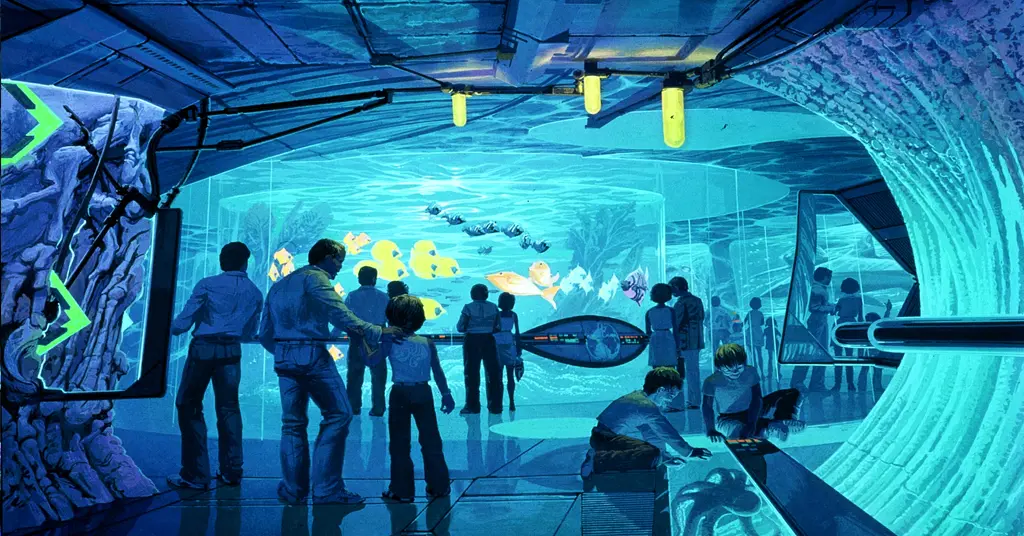
The Wizarding World of Harry Potter at Universal Studios
The Wizarding World of Harry Potter is a perfect example of a customized audiovisual solution in a theme park. At Universal Studios, visitors can experience the magic of Harry Potter through various rides, attractions, and shows that are all infused with state-of-the-art audiovisual technology. From the interactive wands that let you cast spells to the immersive rides that take you on a journey through the wizarding world, the audio and visual effects are what truly bring the experience to life.
Pandora - The World of Avatar at Disney's Animal Kingdom
Disney’s Animal Kingdom’s Pandora – The World of Avatar is another prime example of a customized audiovisual solution in a theme park. The entire land is designed to transport visitors to the world of Pandora, with cutting-edge audiovisual effects that create an otherworldly atmosphere. The centerpiece of the land is the Flight of Passage ride, which uses a combination of 3D projection, motion simulation, and synchronized audio to create a breathtaking experience that makes visitors feel like they are actually flying on the back of a banshee.
Star Wars: Galaxy's Edge at Disneyland and Disney World
Star Wars: Galaxy’s Edge is a fully immersive land at Disneyland and Disney World that allows visitors to step into the Star Wars universe like never before. The land is full of interactive elements and attractions, all of which are infused with advanced audiovisual technology that brings the world to life. The centerpiece of the land is the Millennium Falcon: Smugglers Run ride, which uses cutting-edge audio and video effects to make visitors feel like they are piloting the iconic spaceship themselves. Additionally, visitors can build their own lightsabers or droids, which are accompanied by personalized sound effects and music.
Selecting a provider
The process of selecting an audio visual solution provider is an important decision that requires careful consideration. When selecting a provider, it’s essential to identify your specific needs, budget, and timeline. It’s also crucial to consider the provider’s experience and reputation in the industry. You should seek out referrals from colleagues or research online reviews to get a better sense of the provider’s track record. Additionally, you should ensure that the provider can provide a comprehensive solution that includes design, installation, and ongoing support.
Collaboration and communication
Collaboration and communication are key to ensuring a successful audio visual project. You should establish a clear line of communication with your provider to ensure that you are always aware of the project’s progress. Additionally, collaboration should be encouraged between your team and the provider to ensure that your needs are being met. The provider should be open to feedback and willing to make adjustments as needed to ensure the project’s success.
Ensuring success through testing and training
Testing and training are essential steps in ensuring the success of your audio visual solution. Before the final installation, your provider should conduct thorough testing to ensure that all components are functioning correctly. Additionally, the provider should provide training to your team on how to use the equipment properly. This training should include how to troubleshoot common issues, as well as best practices for maintaining the equipment. With proper testing and training, you can ensure that your audio visual solution will provide the best possible experience for your team and clients.
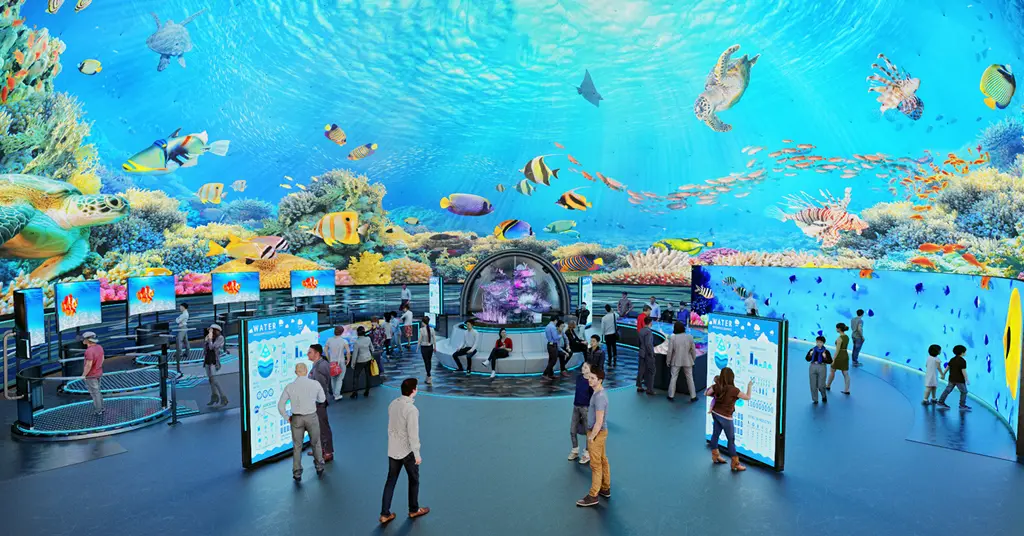
Recap of the importance of audio visual solutions in theme parks
The importance of audiovisual solutions in theme parks cannot be overstated. It is a crucial component that enhances the overall experience of park visitors. Audiovisual solutions such as sound systems, lighting effects, and projection mapping can help create immersive environments that transport visitors to another world. Theme park designers have recognized the value of audiovisual solutions and are increasingly incorporating them into their designs. These solutions not only provide entertainment but also play a key role in educating visitors about the theme of the park.
Future developments and trends in theme park technology
As technology continues to advance, so does the world of theme park technology. The future of theme park technology promises to be even more exciting and immersive than ever before. One trend that is gaining popularity is the use of virtual reality (VR) and augmented reality (AR) in theme park attractions. These technologies allow visitors to experience rides and attractions in a completely new way. Another trend is the use of advanced animatronics that look and move more realistically than ever before. These advancements in technology are changing the face of theme parks, and it will be interesting to see what new developments will emerge in the future.
Others also read the following article
Want to know more about the Audio Visual Solutions?
